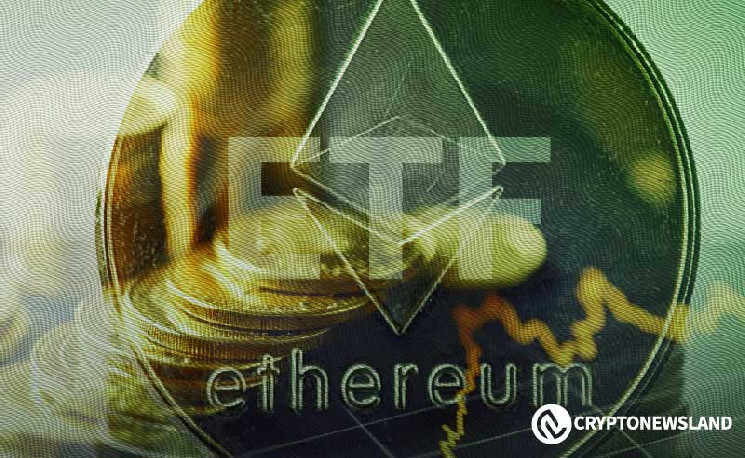- Ethereum’s blockchain is changing asset trading by allowing for real-time asset tokenization around the clock.
- Major financial firms, including as BlackRock, have chosen Ethereum for their tokenization projects.
- By emulating real-world assets, Ethereum connects mainstream and independent finance.
Ethereum is emerging as the premier platform for Real-World Asset (RWA) monuments, a process that converts real and intangible resources into digital tokens on the blockchain. Major financial firms, like BlackRock, are now using crypto for monumental initiatives. This shift toward RWA is set to change financial markets by enabling continuous trading, improving liquidity, and expanding access to high-value assets.
What is RWA tokenization?
RWA digitization involves turning traditional assets such as equities, real estate, and commodities into technological tokens. These currency denominations represent ownership on a blockchain and allow for fractional ownership and easier investment opportunities. Equities, for example, can be tokenized to let investors buy fractions of private companies. Similarly, real estate can be divided into units, providing more flexibility in ownership and trading.
Why RWA Tokenization is a game changer and why you should be extremely bullish on Ethereum Long-Term?
— Mercek (@WorldOfMercek) August 12, 2024
RWA, or "Real-World Asset Tokenization," refers to the process of bringing traditional assets on-chain as security tokens to leverage the advantages of blockchain technology.… pic.twitter.com/6WSolRxOtd
Tokenized commodities like gold and silver offer more efficient trading. Intellectual property, such as patents, can also be tokenized, adding new layers of value. The decentralized management of collectibles and carbon credits is broadening the range of assets available for digital trading. This expansion of encrypted assets actively boosts liquidity and makes high-value investments more accessible.
Ethereum’s Role in Tokenization
Ethereum’s strong infrastructure makes it the top choice for RWA coinage. Financial institutions, like BlackRock, are now using the coin’s blockchain for their digital currency projects. This trend highlights the coin’s growing role in traditional finance. The platform’s ability to allow 24/7 trading of electronic assets gives it a big advantage over traditional markets, which only operate on weekdays.
The related ecosystem is also expanding with more tokens like Chainlink, Maker, and ONDO being built on its blockchain. As a result, it is strengthening its position as the main hub for asset tribute . The platform’s security, autonomy, and established presence make it the preferred option for institutions looking to innovate with blockchain technology.
The Future of Capital Markets
Major shifts in the ownership, trading, and management of assets are symbolized by Ethereum. By enabling fractional ownership, the coin is connecting traditional finance with decentralized finance (DeFi). The expected growth of the reminder asset market, which may reach $10 trillion by 2030, shows Ethereum’s potential to lead this financial transformation.
How will Ethereum’s role shape the future of global finance? As more institutions adopt blockchain technology, the curriculum’s role in this evolving landscape will become even more important.
